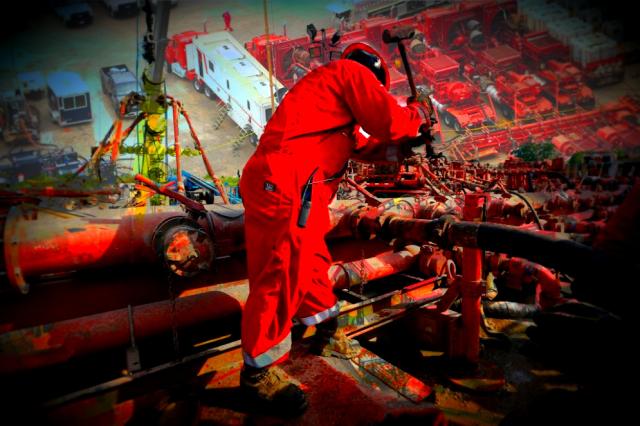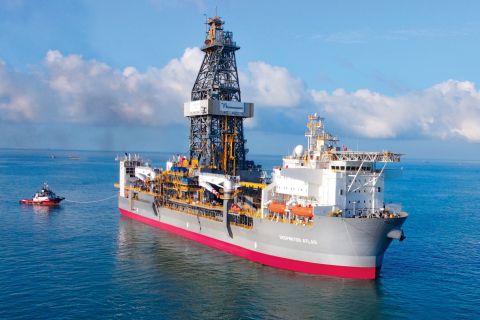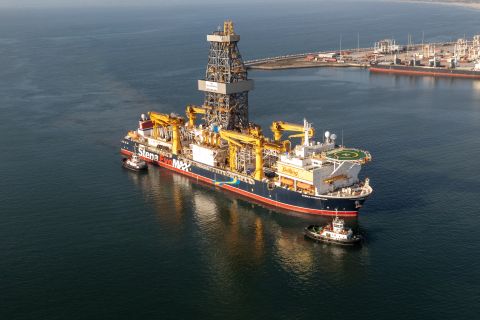
(Source: Hart Energy)
[Editor's note: A version of this story appears in the March 2020 edition of Oil and Gas Investor. Subscribe to the magazine here.]
Vexed over frac hits?
You are not alone. Outside of low commodity prices, frac hits and well spacing are leading topics in oil and gas, and this is certainly true on the industry’s technical side. Frac hits, well bashing and well interference are common terms describing the process. All convey a negative outcome. The phenomenon registers as anomalous pressure increases or an influx of water in neighboring wells during the stimulation process that can alter the arc of well productivity, gas-oil ratios or changes in reservoir pressure.
The frac hit phenomenon is complicated by terminology. Think of it as a Forrest Gump analog of shrimp, which can be barbecued, broiled, boiled, baked, pan fried, deep fried, peppered, sautéed, etc. Frac hits incorporate terms such as parent-child, sibling-sibling, up-down and, well, you get the picture.
A first step in assessing the problem involves addressing the terminology. Despite the negative slant, not all well interactions are bad. Many are neutral, and some generate positive impact, sort of like a miniature waterflood. Hence there is a move among engineers to change the technical name for the phenomenon, which is now formally addressed as frac driven interactions (FDI). Parent wells are defined as primary wells, and child wells have become infill wells—all very antiseptic, and all well and good.
Like shrimp terminology in Forrest Gump, however, there is more. While discussion at industry technical forums has been about the immediacy of the issue during completion, which has, in some cases, damaged casing and downhole infrastructure in neighboring wells, new perspectives are emerging that expand the understanding of this ubiquitous complex phenomenon.
Furthermore, FDI, as a topic, is not going away since the industry is evolving from field delineation in the tight formation plays to full field development, which will increase FDI frequency. The underlying concern involves the potential long-term production effects of the phenomenon. That said, most effort has focused solely on the event horizon of the completion process.
Denver-based Discovery Natural Resources LLC conducted a review examining FDI using production data from its Reagan County holdings spanning 15 square miles and five years of completions in the Midland Basin. If wells experienced FDI, or were knocked offline, or temporarily shut in, what happened to the production profile?
The check list of findings, which were summarized for the Society of Petroleum Engineers’ Austin, Texas, chapter in early 2020, noted that FDI frequency and intensity was a function of the parent well’s wellbore geometry (horizontal versus vertical), the offset direction between primary and infill wells, the presence of a horizontal buffer well and the distance between primary and infill wells.
Horizontal primary wells experienced FDIs more frequently than vertical parent wells, while vertically stacked or direct offset primary wells experienced FDIs with greater frequency and intensity than offset horizontal wells. There was nothing counterintuitive about the findings.
Rather, the impact on legacy well production profiles—and reserves—was the key finding. Of note, most impact was relegated to daily gas production on primary wells, which dropped sharply for a period of time. In contrast, FDIs posed little long-term impact to the oil production decline curve after an intervening period lasting from a few days up to a few weeks.
Discovery Natural Resources engineers attributed the process to a recharge in reservoir pressure from the stimulation job, which lifted sustained bottomhole pressure increases above the bubble point, driving natural gas back into solution. In response, Discovery now delays flow back on new stimulation jobs until offset primary wells are cleaned up.
The bottom line from the bottomhole is that FDIs, at least in Reagan County, Texas, are not a major risk to reserves. Do these findings transfer to other tight formation plays outside the southern Midland Basin? Time will tell.
Decreasing the wall of worry over FDIs on long-term legacy well performance provides rare good news in an industry facing a gauntlet of commodity price induced headwinds.
Furthermore, it frees investigation of the FDI phenomenon to focus on issues such as the degree to which infill wells cannibalize production from neighboring wells. Thus, well spacing represents the greater potential impact for reserves. In this market, the industry will take good news wherever it can find it.
Recommended Reading
E&P Highlights: April 8, 2024
2024-04-08 - Here’s a roundup of the latest E&P headlines, including new contract awards and a product launch.
Deepwater Roundup 2024: Americas
2024-04-23 - The final part of Hart Energy E&P’s Deepwater Roundup focuses on projects coming online in the Americas from 2023 until the end of the decade.
Rystad: More Deepwater Wells to be Drilled in 2024
2024-02-29 - Upstream majors dive into deeper and frontier waters while exploration budgets for 2024 remain flat.
Stena Evolution Upgrade Planned for Sparta Ops
2024-03-27 - The seventh-gen drillship will be upgraded with a 20,000-psi equipment package starting in 2026.
E&P Highlights: March 4, 2024
2024-03-04 - Here’s a roundup of the latest E&P headlines, including a reserves update and new contract awards.





